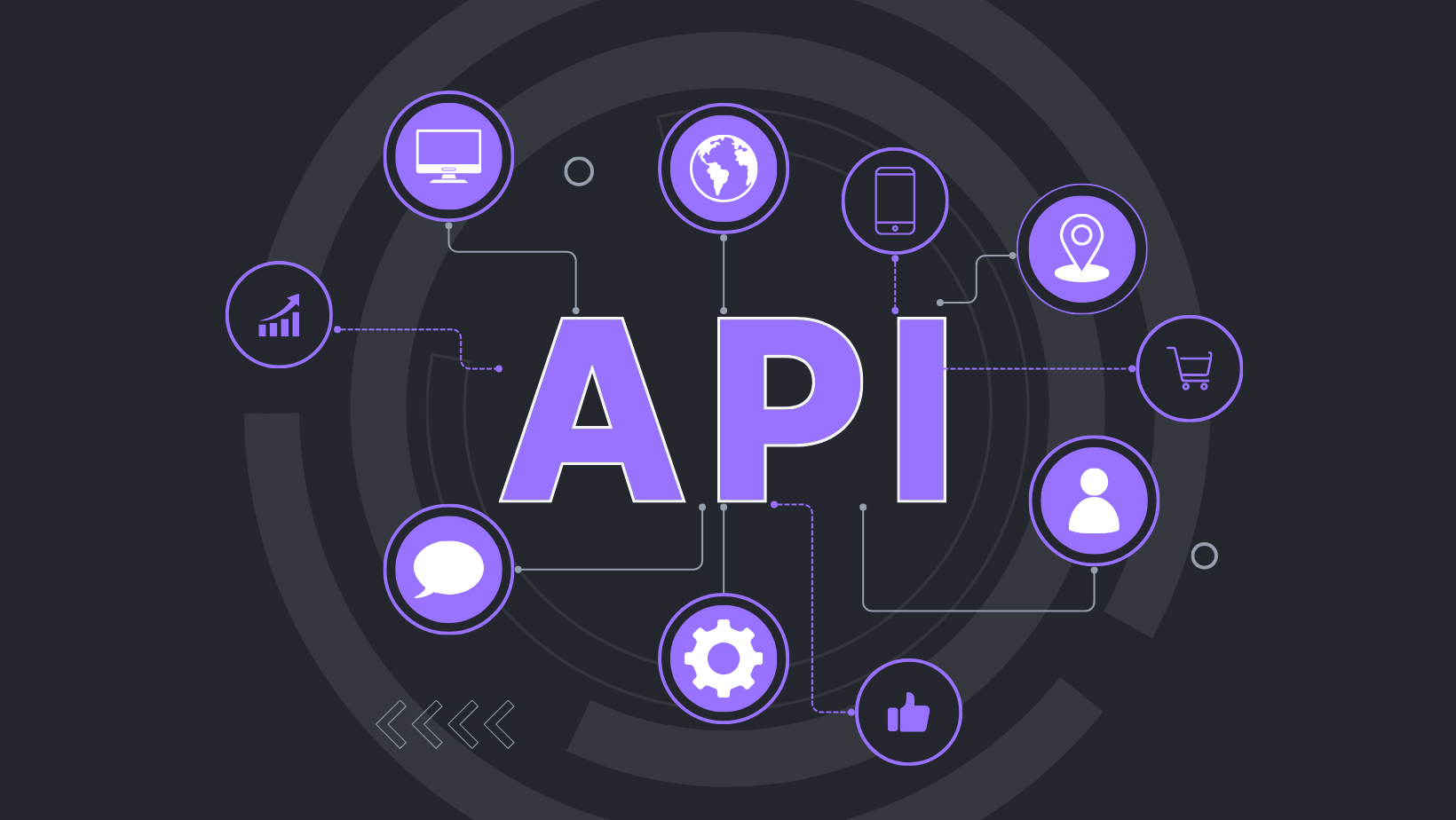API Economy: Transforming Business Landscape Through Strategic API Adoption.

- 11 December 2023
- Blog
- 0 Comments
The modern digital landscape is leaning heavily on microservices, like Lego blocks of software, working
together to build the apps we rely on. Picture them as individual parts of a machine that need to
communicate seamlessly to make it run smoothly. And here’s where APIs, those application connectors,
come into play.
What is the API Economy?
Think of APIs as translators that enable these microservices to speak the same language. They allow
different parts of a system to understand each other and work in harmony. For example, when you book
a ride-sharing service, one microservice handles your payment, another tracks the location of available
drivers, and another calculates the estimated arrival time. APIs ensure these microservices collaborate
effectively to provide you with a seamless experience from the moment you request a ride to when you
reach your destination.
The API economy represents a fundamental shift in the way businesses operate and generate value. It’s a paradigm where organizations leverage APIs as strategic assets. These APIs can be used internally to streamline processes or externally to create new business opportunities. In the API economy, APIs are treated as products, allowing businesses to offer their services and data to partners, developers, and customers, often through API marketplaces.
While this may sound technical, the implications are far-reaching, and businesses that strategically tap into the API economy can unlock new revenue streams, foster innovation, and establish a competitive edge
The API economy represents a fundamental shift in the way businesses operate and generate value. It’s a paradigm where organizations leverage APIs as strategic assets. These APIs can be used internally to streamline processes or externally to create new business opportunities. In the API economy, APIs are treated as products, allowing businesses to offer their services and data to partners, developers, and customers, often through API marketplaces.
While this may sound technical, the implications are far-reaching, and businesses that strategically tap into the API economy can unlock new revenue streams, foster innovation, and establish a competitive edge
Unlocking New Revenue Streams
When companies share their data and services through APIs, it opens up new revenue streams. By
exposing their core functionalities through APIs, companies can create an ecosystem of developers and
partners who build applications and services on top of their infrastructure. For instance, consider the
success of Stripe and PayPal, payment processing companies that provide APIs for online payments.
Developers can integrate Stripe’s API into their websites or applications, enabling secure online
transactions. Stripe’s revenue comes not only from processing payments but also from the fees
generated by third-party developers using their API.
APIs also pave the way for unique business models, such as API marketplaces. These are like virtual market squares where companies and developers can buy and sell APIs. Think of it as an app store but for APIs. For example, a company might create a marketplace for payment processing APIs, allowing various apps and websites to purchase and use these APIs to handle transactions. In this way, the API marketplace becomes a source of revenue.
APIs also pave the way for unique business models, such as API marketplaces. These are like virtual market squares where companies and developers can buy and sell APIs. Think of it as an app store but for APIs. For example, a company might create a marketplace for payment processing APIs, allowing various apps and websites to purchase and use these APIs to handle transactions. In this way, the API marketplace becomes a source of revenue.
Fostering Innovation
Innovation is the lifeblood of any successful business. APIs play a pivotal role in fostering innovation
within an organization. By exposing their data and services through APIs, businesses can encourage their
internal teams and external developers to experiment, create, and innovate. This openness results in the
rapid development of new features, services, and products.
For instance, the travel industry has seen innovation through APIs. Companies like Expedia and Kayak offer APIs that provide access to their extensive databases of travel-related information. Developers have used these APIs to create travel apps, booking platforms, and even services that aggregate data from multiple providers. This has not only enriched the user experience but has also driven competition and innovation in the travel sector.
Furthermore, as new technologies emerge and expose their functionality through APIs, it makes it easier to integrate them into existing applications, enabling faster adoption of and access to those technologies. For example, ChatGPT, an AI language model developed by OpenAI, is accessible as an API. This means it can be easily integrated into various applications, from chatbots and virtual assistants to customer support platforms and educational tools, spurring innovation in natural language processing and AI-driven applications.
For instance, the travel industry has seen innovation through APIs. Companies like Expedia and Kayak offer APIs that provide access to their extensive databases of travel-related information. Developers have used these APIs to create travel apps, booking platforms, and even services that aggregate data from multiple providers. This has not only enriched the user experience but has also driven competition and innovation in the travel sector.
Furthermore, as new technologies emerge and expose their functionality through APIs, it makes it easier to integrate them into existing applications, enabling faster adoption of and access to those technologies. For example, ChatGPT, an AI language model developed by OpenAI, is accessible as an API. This means it can be easily integrated into various applications, from chatbots and virtual assistants to customer support platforms and educational tools, spurring innovation in natural language processing and AI-driven applications.
Establishing a Competitive Edge
In today’s fiercely competitive business landscape, staying ahead of the curve is essential. Strategic API
adoption can provide that edge.
Amazon Web Services (AWS) is a prime example. AWS offers a wide array of APIs for cloud computing services. By providing reliable and versatile APIs, AWS has become a leader in the cloud industry. The widespread adoption of AWS APIs has made it challenging for competitors to dethrone their position.
Businesses that offer well-designed and user-friendly APIs can attract partners and developers, leading to the creation of a vibrant ecosystem around their products or services. This ecosystem can act as a moat, making it difficult for competitors to catch up.
Amazon Web Services (AWS) is a prime example. AWS offers a wide array of APIs for cloud computing services. By providing reliable and versatile APIs, AWS has become a leader in the cloud industry. The widespread adoption of AWS APIs has made it challenging for competitors to dethrone their position.
Businesses that offer well-designed and user-friendly APIs can attract partners and developers, leading to the creation of a vibrant ecosystem around their products or services. This ecosystem can act as a moat, making it difficult for competitors to catch up.
- Enhanced Customer Experience: You use the Uber app that estimates your fare arrival
time and allows you to track your driver in real-time. These features are possible
because the app connects to mapping and GPS APIs. The app gains an edge by making
your experience more convenient.
-
Ecosystem Expansion: by opening its platform to developers, Facebook allowed apps like
FarmVille to thrive. This ecosystem expansion made Facebook a central hub for social
gaming and a stronger competitor in the social media space.
- Operational Efficiency: Amazon’s internal APIs connect their order and warehouse
systems. This ensures that when you place an order, it’s processed efficiently, and your
package is on its way quickly, giving them an edge in e-commerce.
- Monetization Opportunities: Offering APIs as products can create new revenue streams. Google Maps provides an API that allows developers to embed maps in their applications. Developers pay fees based on usage. Google generates revenue through the API while improving its services through widespread adoption.
- Scalability: Netflix uses APIs to manage its vast catalogue and handle streaming for millions of users. As more people subscribe, they can scale up their servers and infrastructure. This keeps their service running smoothly, even during peak hours, giving them an advantage in streaming services.
Elevate Your API Strategy
To embark on the journey of modernization, you need the right technology and partnerships. You should
have a platform to kickstart your API efforts, automating all aspects of the API lifecycle, especially
considering the ever-evolving IT landscape.
You’ll also require a knowledgeable vendor who can guide your progression from internal API use to external API exposure, ultimately positioning you for active participation in the thriving API economy.
You’ll also require a knowledgeable vendor who can guide your progression from internal API use to external API exposure, ultimately positioning you for active participation in the thriving API economy.
In this context, XAPI emerges as a compelling option, which offers a robust technology platform that facilitates secure and efficient designing and managing of high-quality APIs; it enables efficient investment of your time in developing your next API strategy, freeing you from the manual intricacies of
API design.
API design.
Related Posts

Data-Driven Decision Making: Harnessing API Analytics for Business Insights
- Guest Author
- 8 April 2024
Imagine the frenzy of activity during the Black Friday Cyber Monday (BFCM) period—consumers f ..

Reinforce your tech army! Supplementing existing resources with additional resources.
- Guest Author
- 7 August 2023
In a rapidly expanding tech market where users heavily rely on devices and apps, cultivating a ..




